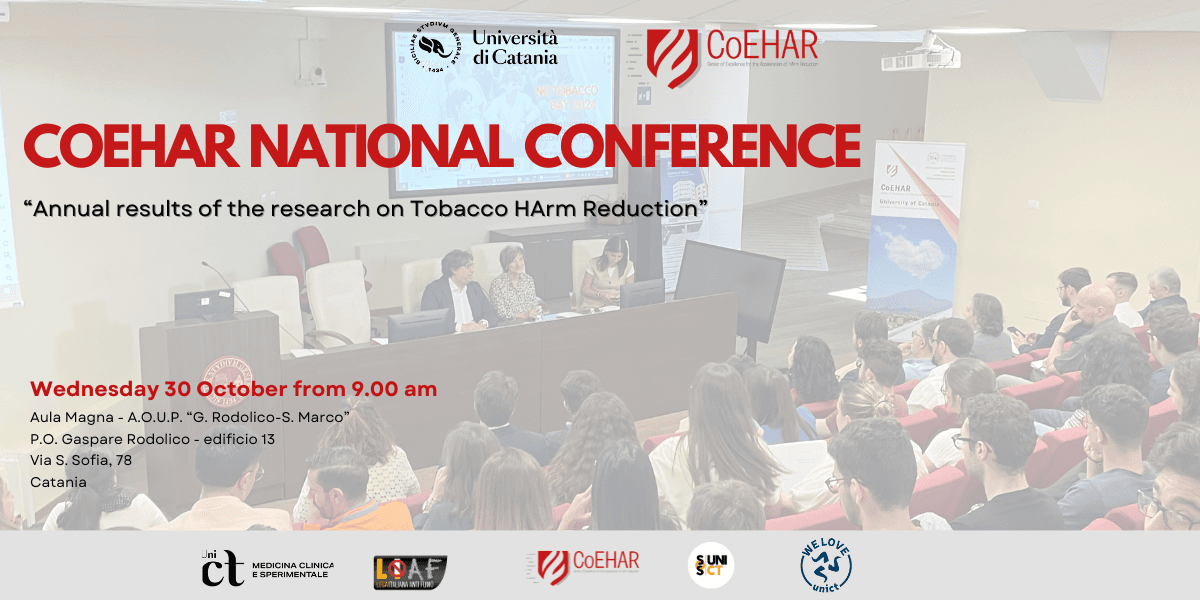Background: Intraoperative hypotension is associated with increased postoperative morbidity and mortality. Methods: We randomly assigned patients undergoing major general surgery to early warning system (EWS) and hemodynamic algorithm (intervention group, n = 20) or standard care (n = 20). The primary outcome was the difference in hypotension (defined as mean arterial pressure < 65 mmHg) and as secondary outcome surrogate markers of organ injury and oxidative stress. Results: The median number of hypotensive episodes was lower in the intervention group (−5.0 (95% CI: −9.0, −0.5); p < 0.001), with lower time spent in hypotension (−12.8 min (95% CI: −38.0, −2.3 min); p = 0.048), correspondent to −4.8% of total surgery time (95% CI: −12.7, 0.01%; p = 0.048).The median time-weighted average of hypotension was 0.12 mmHg (0.35) in the intervention group and 0.37 mmHg (1.11) in the control group, with a median difference of −0.25 mmHg (95% CI: −0.85, −0.01; p = 0.025). Neutrophil Gelatinase-Associated Lipocalin (NGAL) correlated with time-weighted average of hypotension (R = 0.32; p = 0.038) and S100B with number of hypotensive episodes, absolute time of hypotension, relative time of hypotension and time-weighted average of hypotension (p < 0.001 for all). The intervention group showed lower Neuronal Specific Enolase (NSE) and higher reduced glutathione when compared to the control group. Conclusions: The use of an EWS coupled with a hemodynamic algorithm resulted in reduced intraoperative hypotension, reduced NSE and oxidative stress.
Did you encounter a typo?
We are human, after all.
Contact us now and we will arrange it as soon as possible
Journal: J. Clin. Med.
Authors (in alph. order): Alessandro Cappellani, Alfio Distefano, Filippo Sanfilippo, Francesco Basile, Francesco Vasile, Giovanni Li Volti, Lucia Longhitano, Luigi La Via, Marinella Astuto, Paolo Murabito

